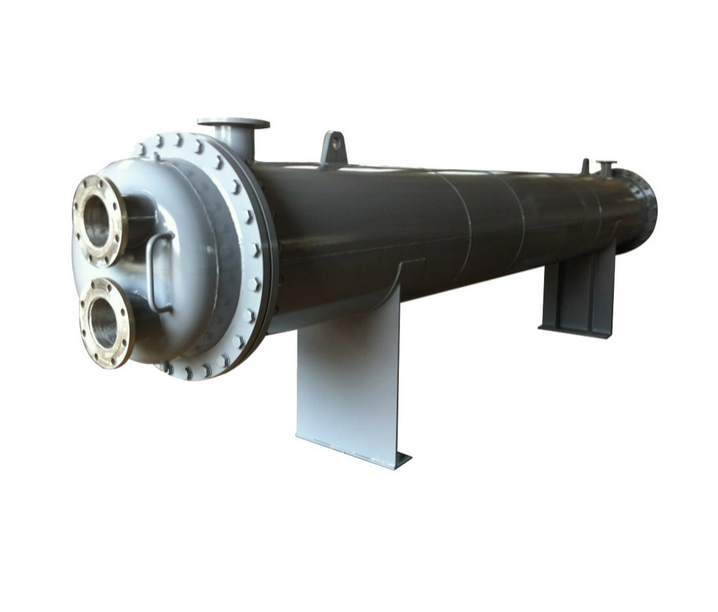The shell and tube
Heat Exchanger is a type of partitioned wall heat exchanger that utilizes the surface formed by the tubes enclosed within a shell as the medium for heat transfer. This design is widely recognized for its straightforward construction, cost-effectiveness, and large flow cross-section, which makes it easy to maintain and clean. Despite its advantages, it typically features a lower heat transfer coefficient and requires more space compared to other types of heat exchangers. Made from a variety of structural materials—primarily metals—this kind of heat exchanger can operate efficiently under high temperature and pressure conditions, making it one of the most commonly used systems in industrial applications.

The shell and tube heat exchanger is a partitioned wall heat exchanger that uses the wall of the tube bundle enclosed in the shell as the heat transfer surface. This kind of heat exchanger has simple structure, low cost, wide flow cross-section, and easy to clean scale; but it has low heat transfer coefficient and occupies a large area. It can be made of various structural materials (mainly metal materials), and can be used under high temperature and high pressure. It is the most widely used type. Shell-and-tube heat exchangers include fixed tube-sheet steam-water heat exchangers, shell-and-tube steam-water heat exchangers with expansion joints, floating head steam-water heat exchangers, and U-shaped shell-and-tube steam-water heat exchangers. , corrugated shell-and-tube steam-water heat exchanger, segmented water-water heat exchanger and other types. The main control parameters of the shell and tube heat exchanger are heating area, hot water flow rate, heat transfer rate, heat medium parameters, etc.






